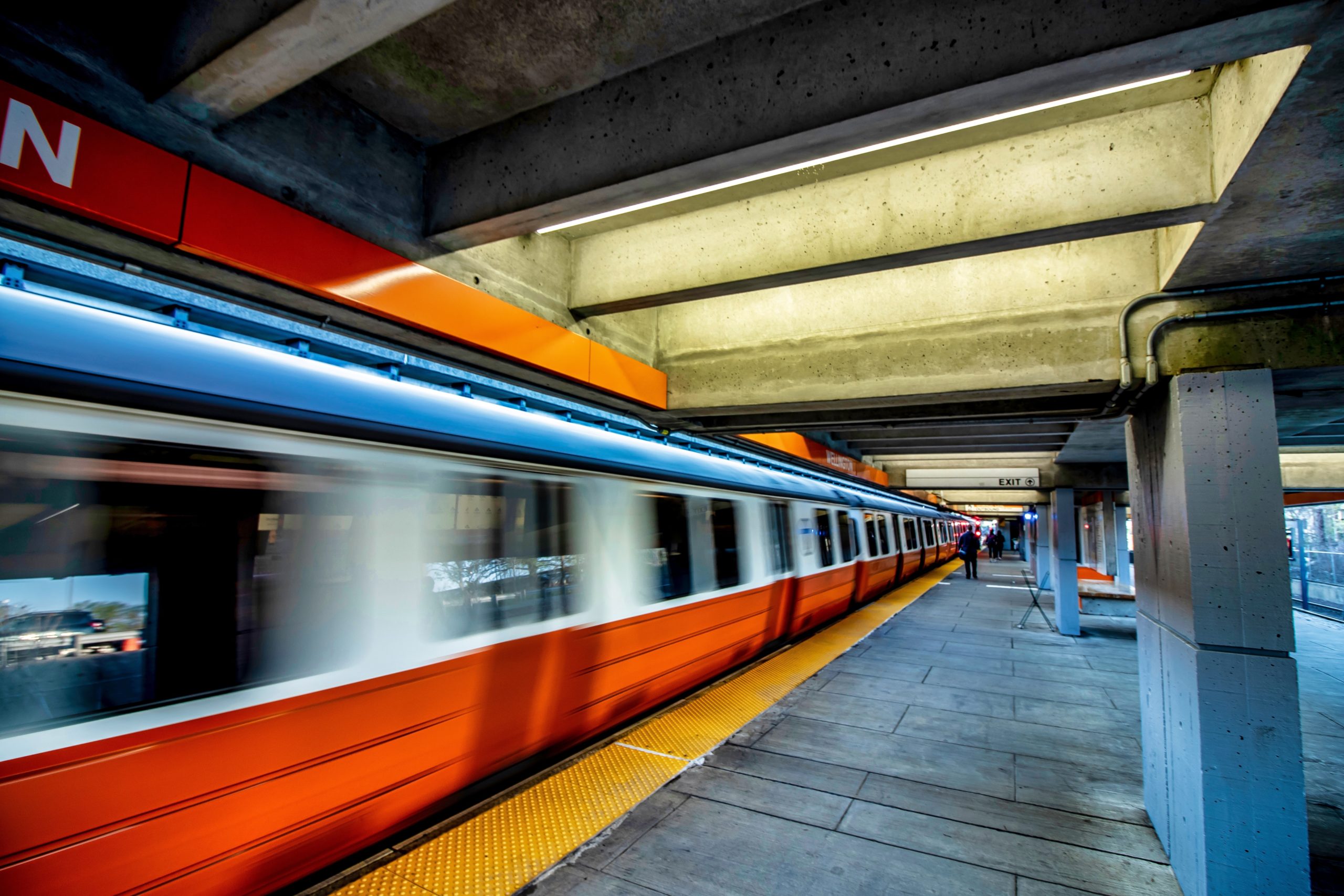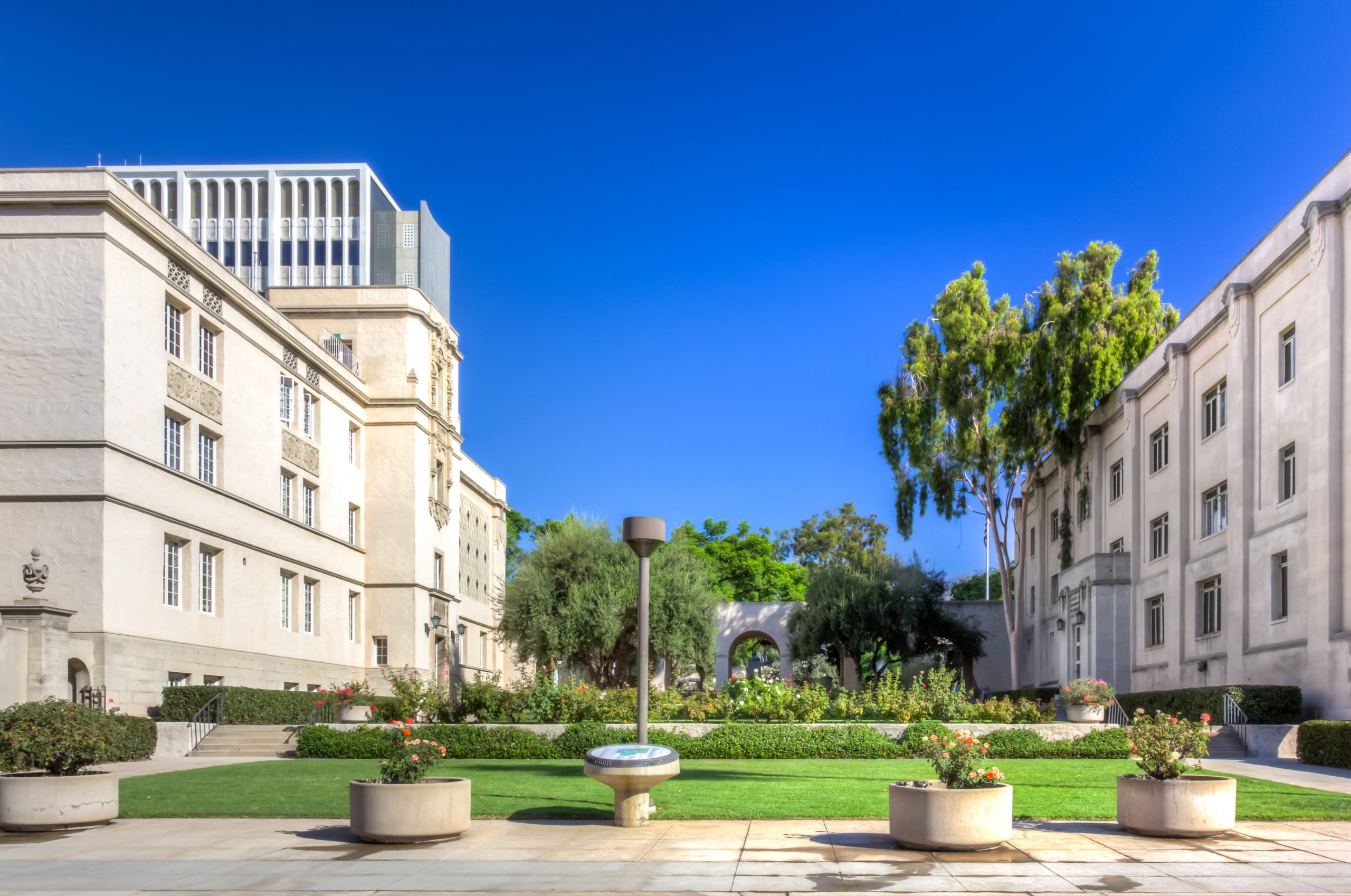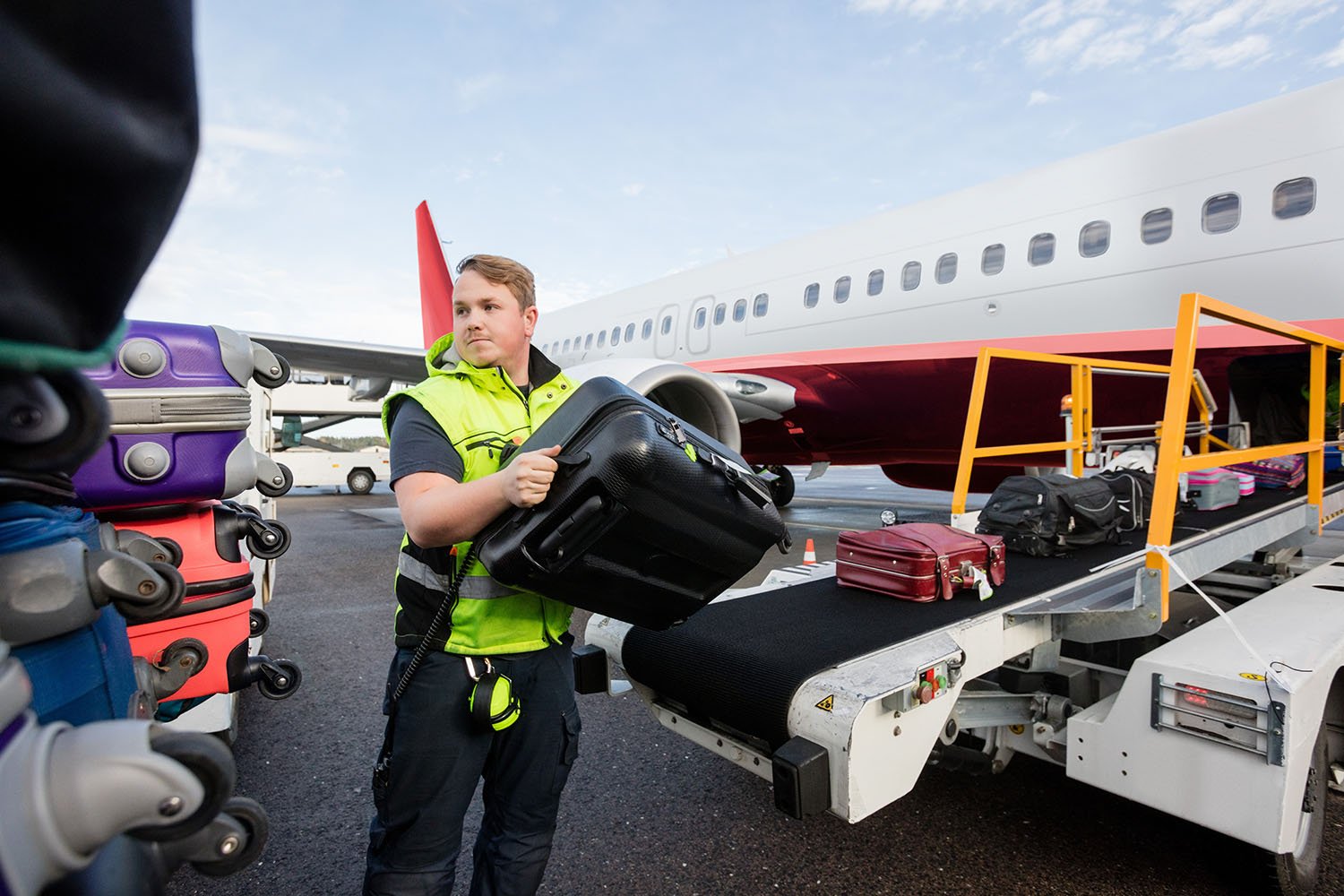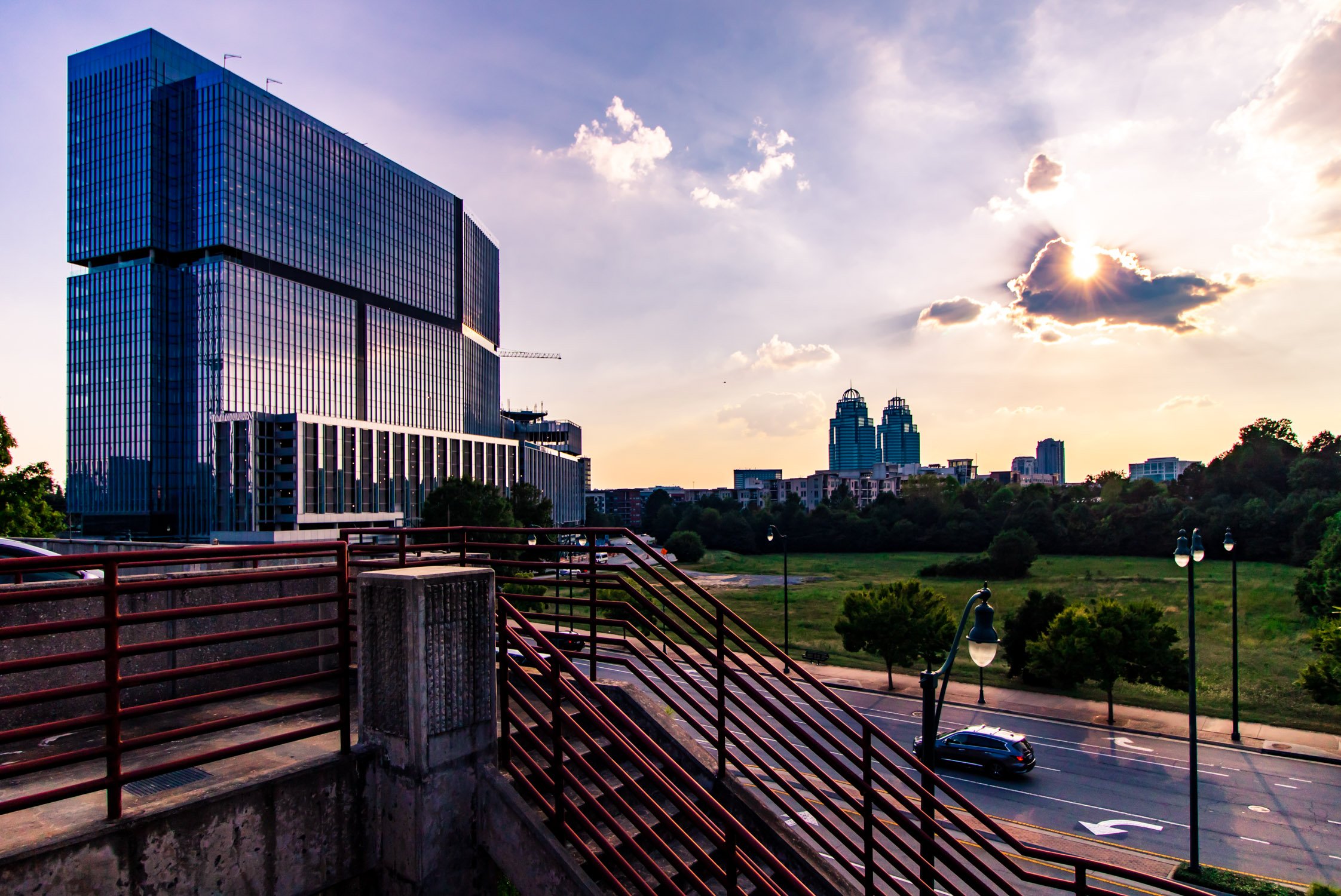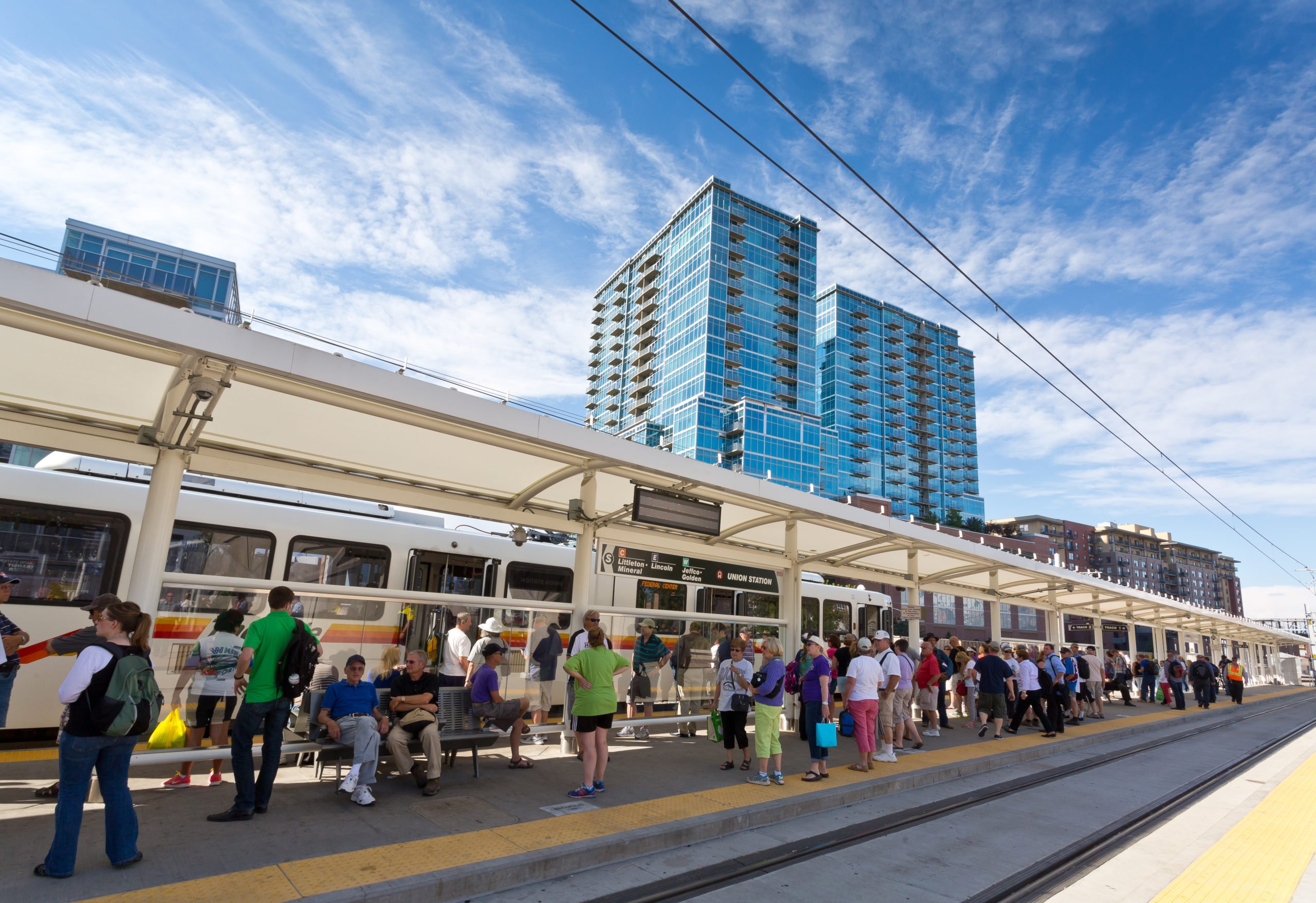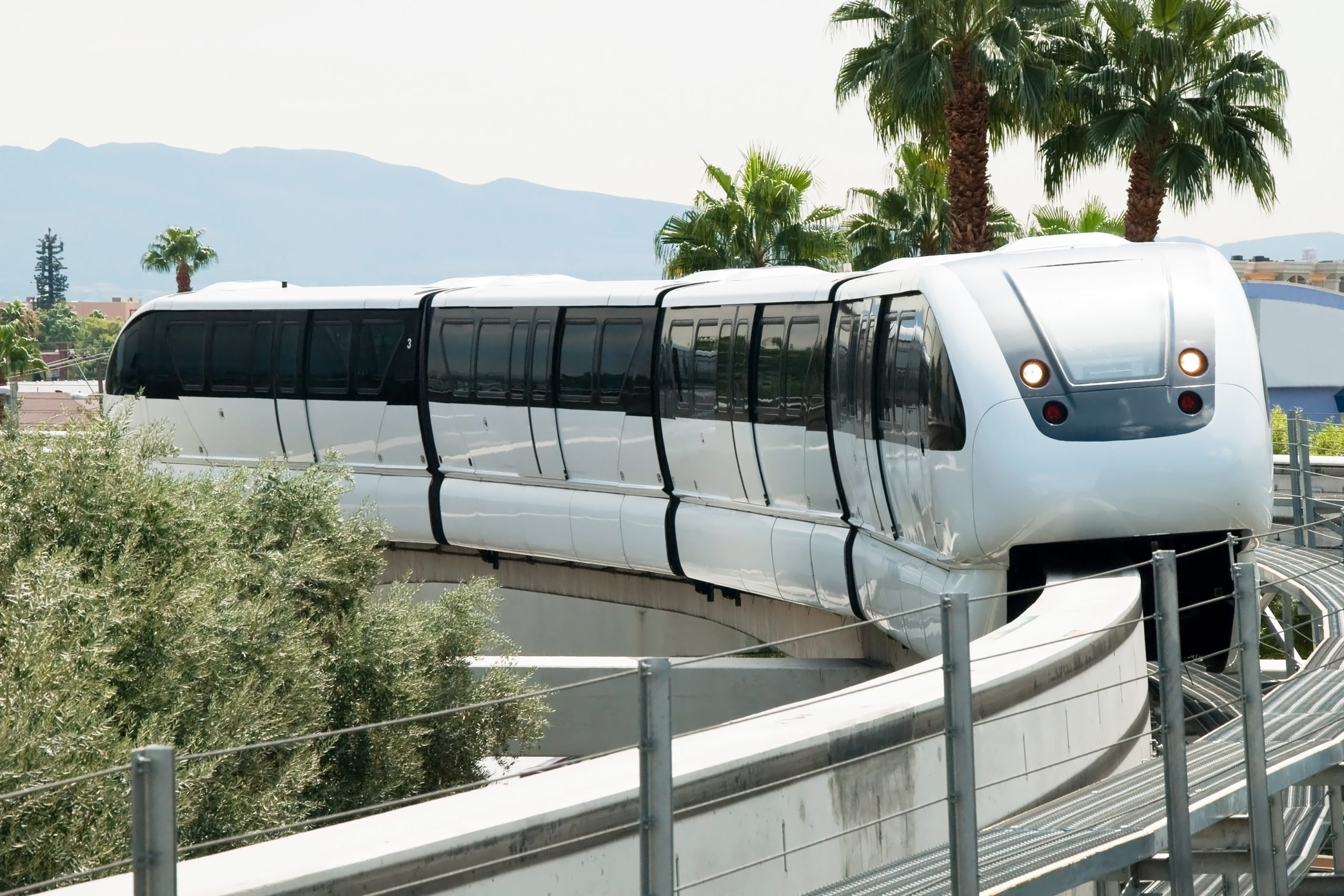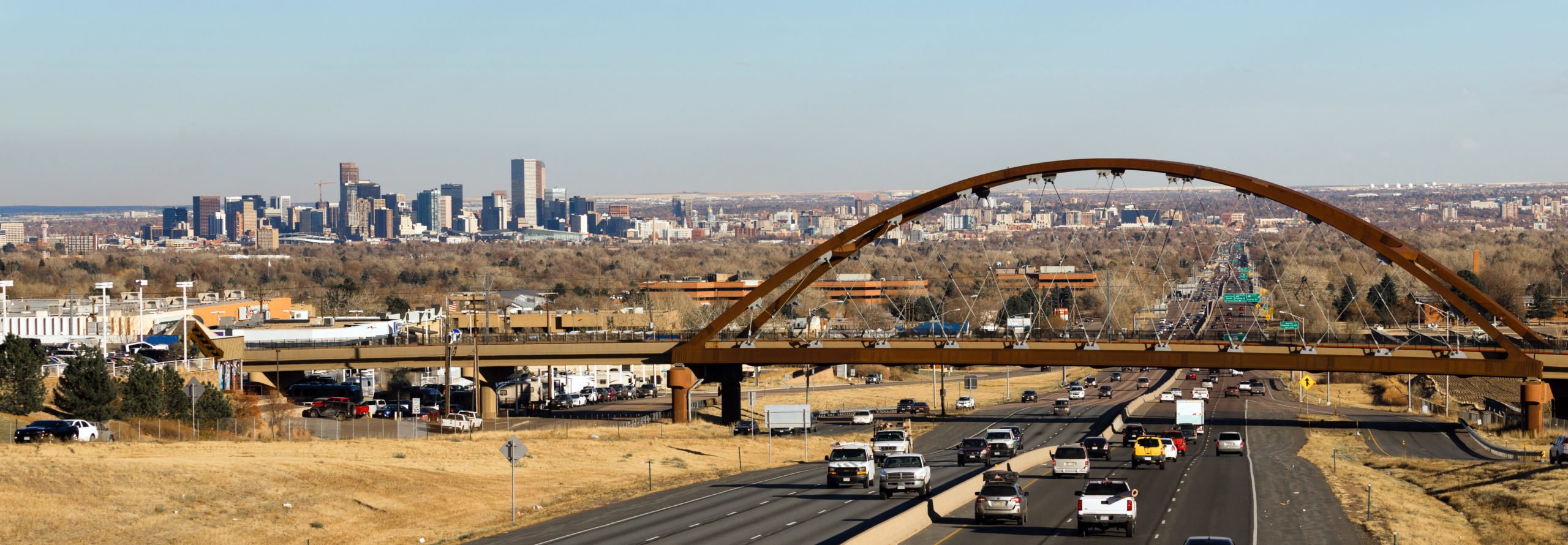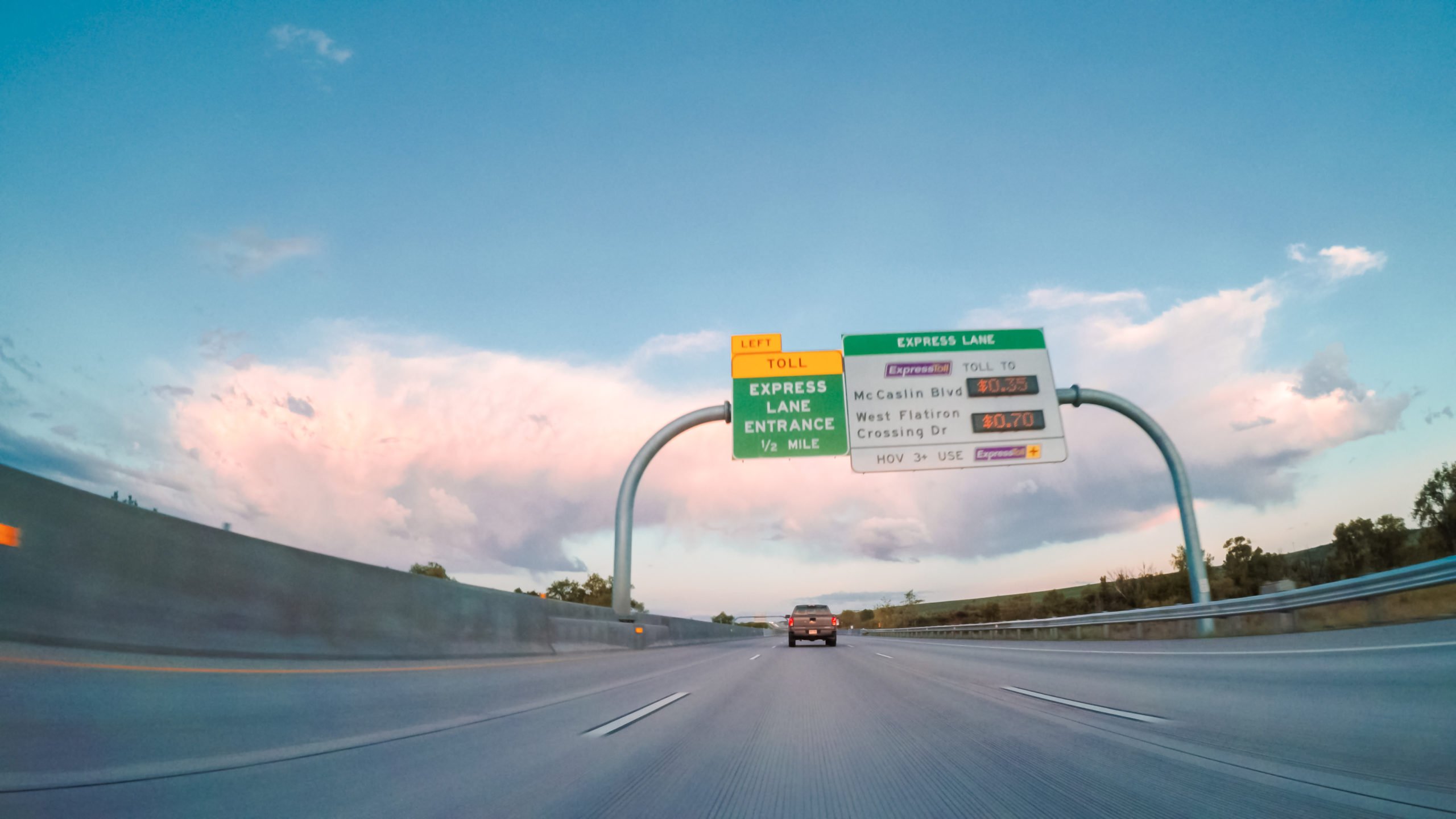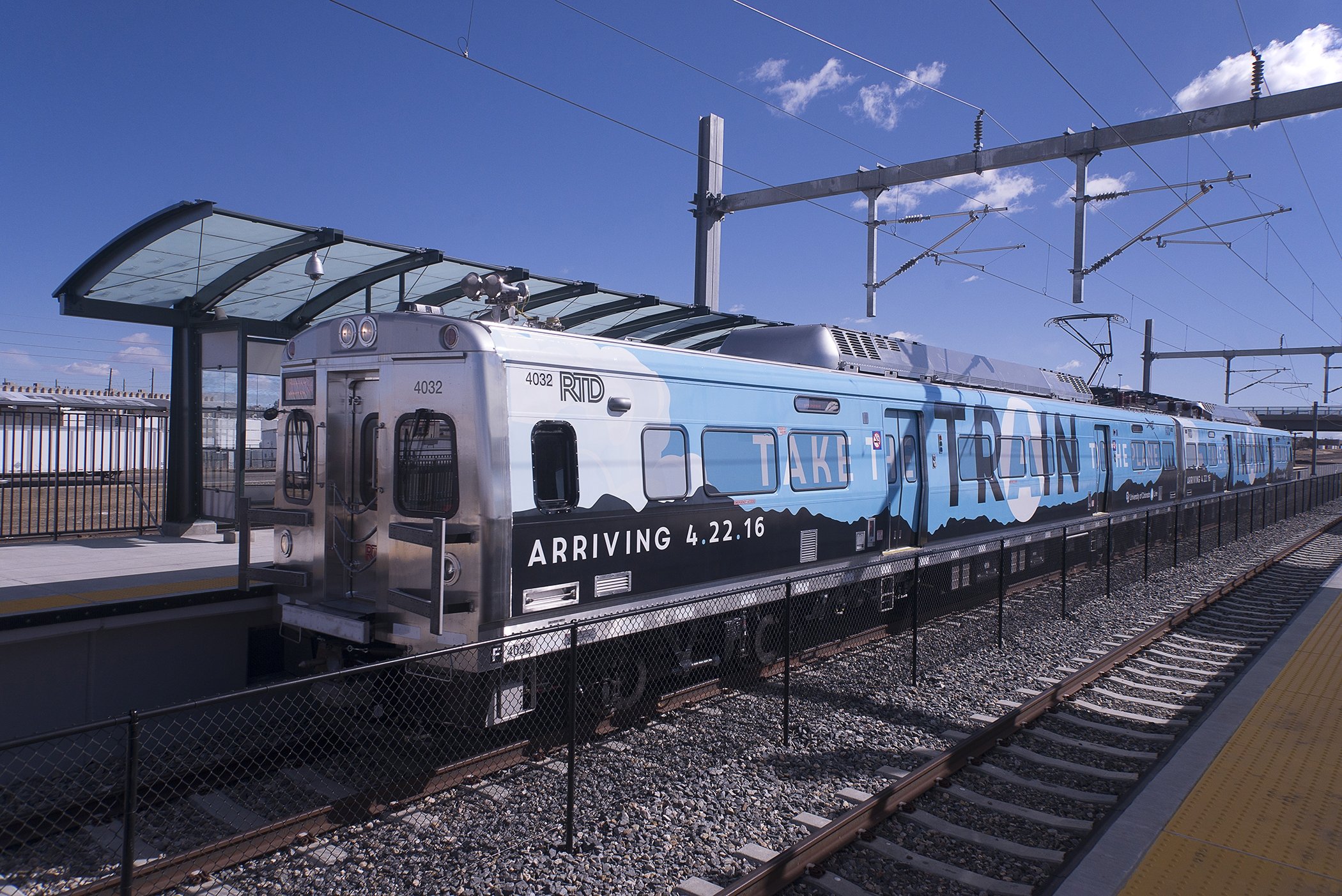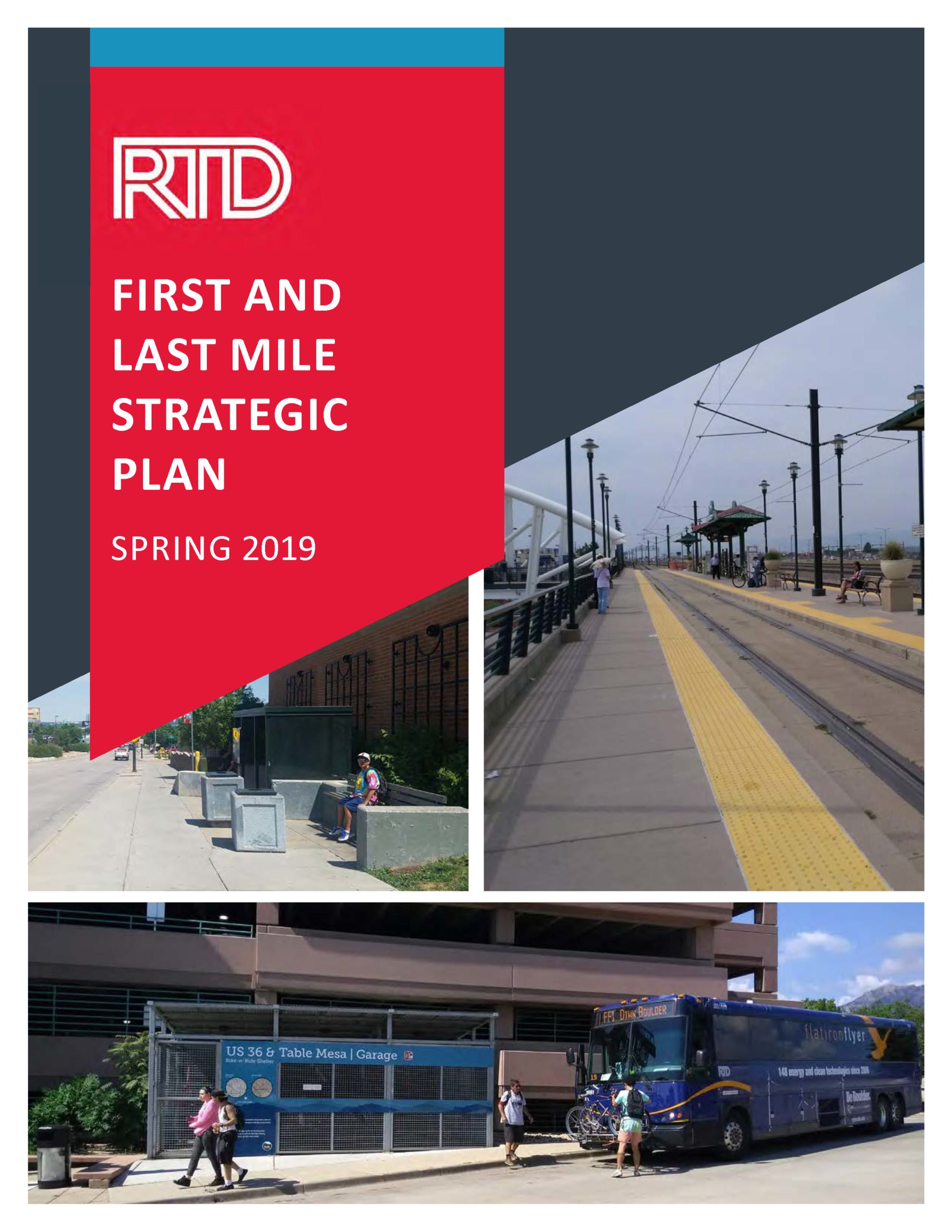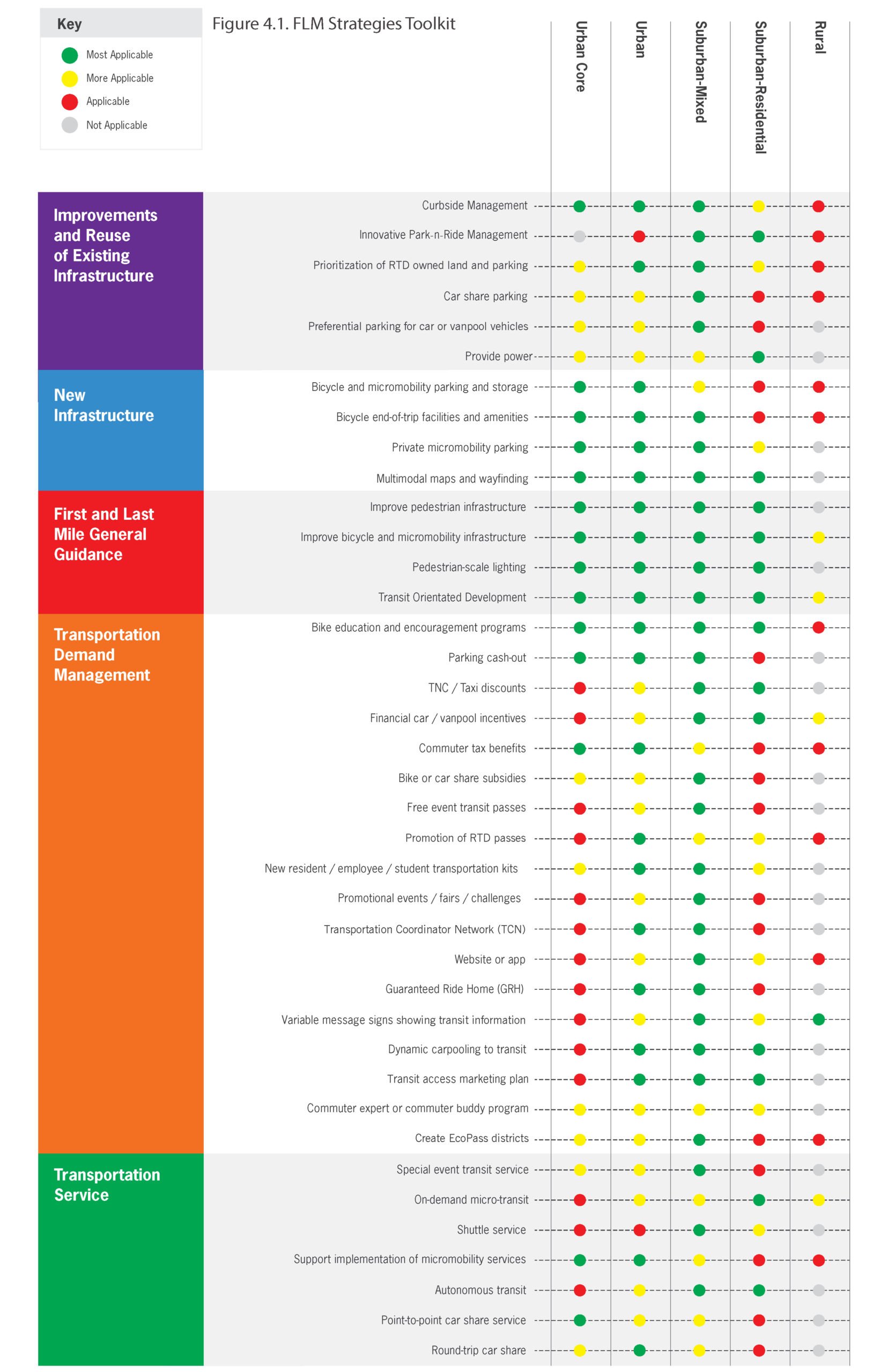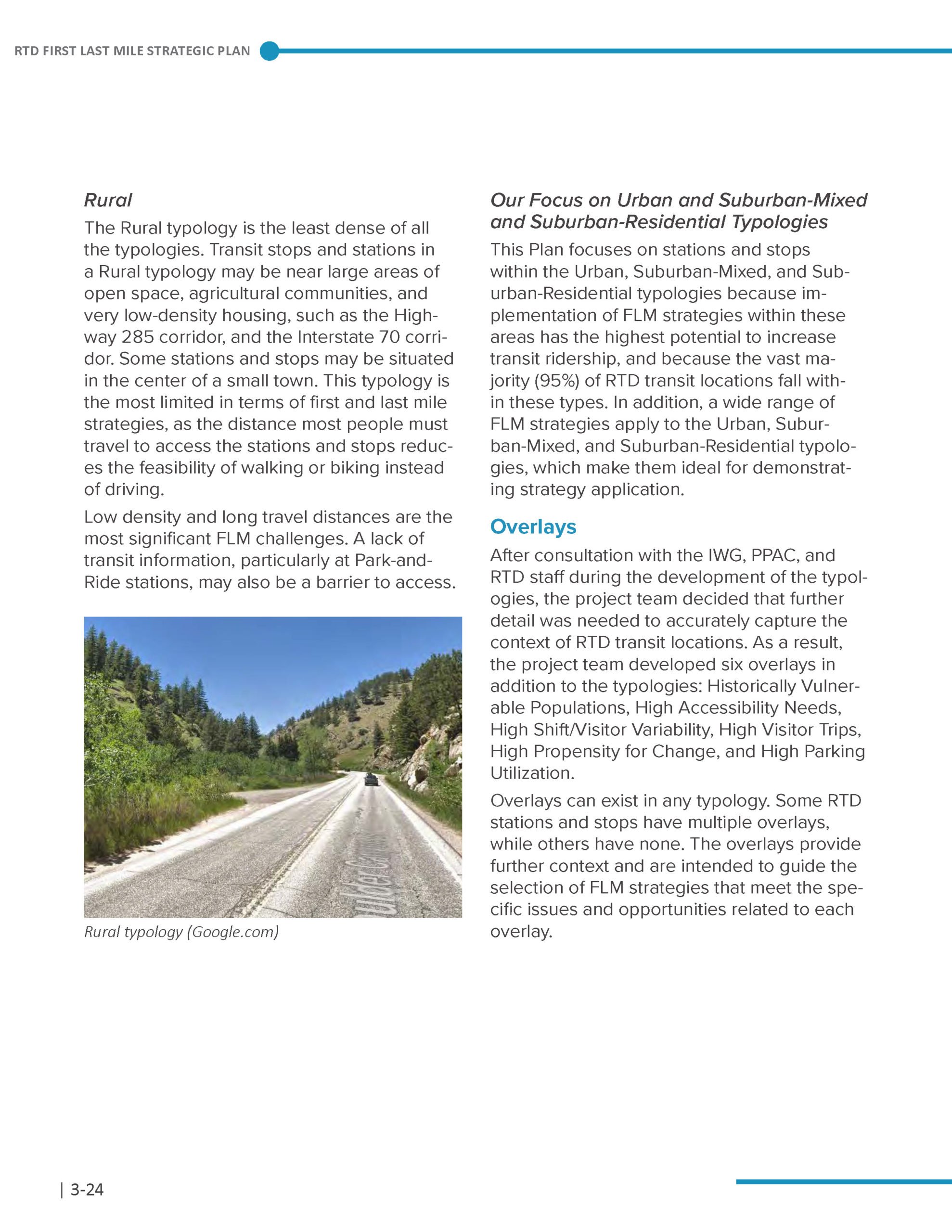South Orange County
Multi-modal Study
Orange County, CA
New approaches to transportation are coming to South Orange County, CA, and UrbanTrans is part of the team developing them.
UrbanTrans is helping create a multimodal transportation plan for South Orange County, conducting a study that examines a range of options. It will lead to adopting a new, locally-preferred strategy to set the stage for future transportation project development in South Orange County.
UrbanTrans’ focus is on providing TDM recommendations. To accomplish this, we conducted a geospatial analysis of various factors that impact the need, desire, and effectiveness of TDM. The analysis was used to identify TDM strategies applicable to the study area.
We then created several scenarios that allocated dollars to a collection of complementary TDM strategies and estimated how much each collection could reduce vehicle travel miles in the short and long-term ensuring that TDM was included in all the plan’s transportation alternatives.
UrbanTrans’ staff is now supporting the refinement of the TDM strategies and evaluating the impacts of the remaining preferred alternatives.





